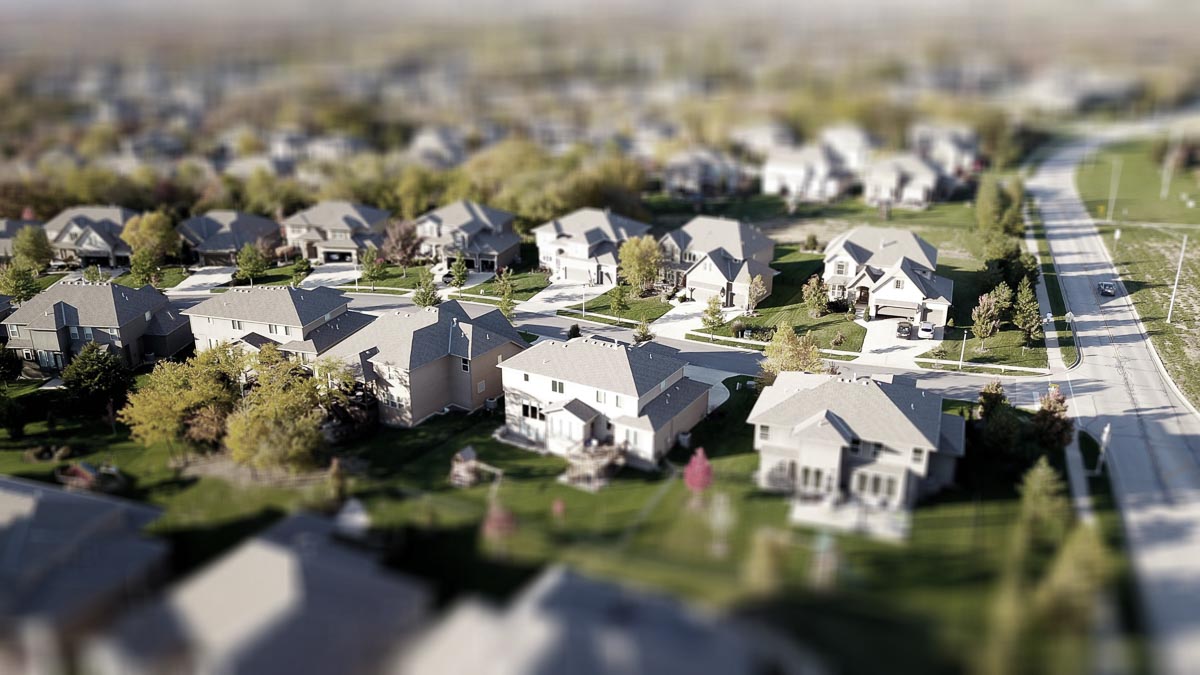Houston’s population has stopped growing—and the same is true for the surrounding areas in Harris County. In the last few years, the focus of population growth in the region has shifted dramatically to the outlying counties—especially Fort Bend County, which in the last decade added as many people as the City of Houston itself.
This has never happened before. It challenges the popular narrative—promoted by those of us at the Kinder Institute among others—that Houston and Harris County remain the most important part of the region, just as they have been since Houston’s founding 175 years ago. This shift in population has profound implications for the region—especially for regional infrastructure such as transportation, which is the subject of a constant tussle between central-city forces and political leaders in suburban counties.
As Brookings Institution demographer William Frey and many others have pointed out, the population of large U.S. cities—over 1 million people—has been going down since 2016. Houston is no exception. According to the Texas Demographic Center, the city’s population—about 2.33 million—has remained almost the same for the past five years. All the population growth in Houston since the last Census came in the first half of the decade.
Perhaps more surprising is the fact that population growth in the rest of Harris County has slowed to a crawl. The non-Houston part of the county grew by 50,000 to 100,000 people a year early in the decade, and actually overtook Houston in population in 2017. But between 2019 and 2020, the non-Houston part of the county added only 2,000 people, reaching a total of 2.378 million. (The non-Houston part of the county includes not only unincorporated Harris County but also residents in the other cities in Harris County besides Houston.)
The real story lies beyond Harris County’s boundaries. In 2010, the rest of the region had about 1.8 million residents—well behind Houston and the remainder of Harris County. Last year, according to the state’s estimates, the rest of the region had 2.378 million people—only a few hundred more than the non-Houston portion of Harris County. For the first time ever, all three of these geographies—Houston, the remainder of Harris County, and the outlying counties—have almost exactly the same population.
And the biggest part of the suburban story is Fort Bend County, often thought of as the nation’s most diverse county. Since 2010, Fort Bend’s population has grown 40% to more than 800,000 residents. In raw numbers, Fort Bend added more people in the last decade (233,000) than the City of Houston (226,000). Fort Bend’s white population is declining rapidly, to less than 30% during the 2010s. And the county’s politics have followed suit: Donald Trump got only 44% of the vote there last November.
The other big growth story in the suburbs is Montgomery County. Montgomery grew by 33% during the 2010s and now has more than 600,000 people. Some of this growth may be driven by the opening of the new ExxonMobil campus in Spring, just across the county line in Harris County. But unlike Fort Bend, Montgomery County is not seeing a diversification of its population. The county is still mostly white and Trump got more than 70% of the vote there.
Of course, Houston and Harris County still dominate the region in many ways. Most of the major institutions and job centers are in still in the City of Houston, all the way from Downtown to the Energy Corridor on the west and the Bush Airport area to the north. As our report last year on city finances showed, before the pandemic there was a net inflow of 700,000 commuters a day into Houston from the rest of Harris County. And a lack of population growth doesn’t mean a lack of construction: As we reported in our annual State of Housing report, Houston lost 9,000 people in 2018-2019, but added almost 30,000 households.
In urban areas, population may be stagnant, but household sizes are going down—there are more one- and two-person households being created—so the demand for new housing remains strong. So one strong trend is that urban areas and suburban areas are becoming more different. This is also true in homeownership. Houston is a majority-renter city and Harris County is almost a majority-renter county, but the homeownership rate in Fort Bend and Montgomery counties is well over 70%. Increasingly, the outer counties are where you go to buy a house, even if your job and cultural activities are located primarily near the center of the region.


